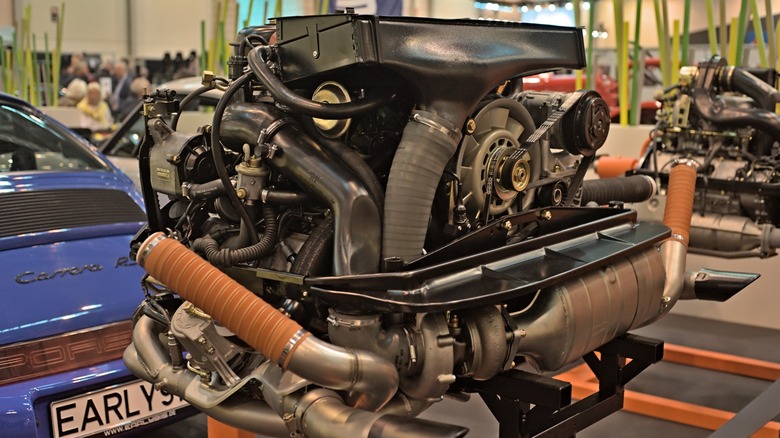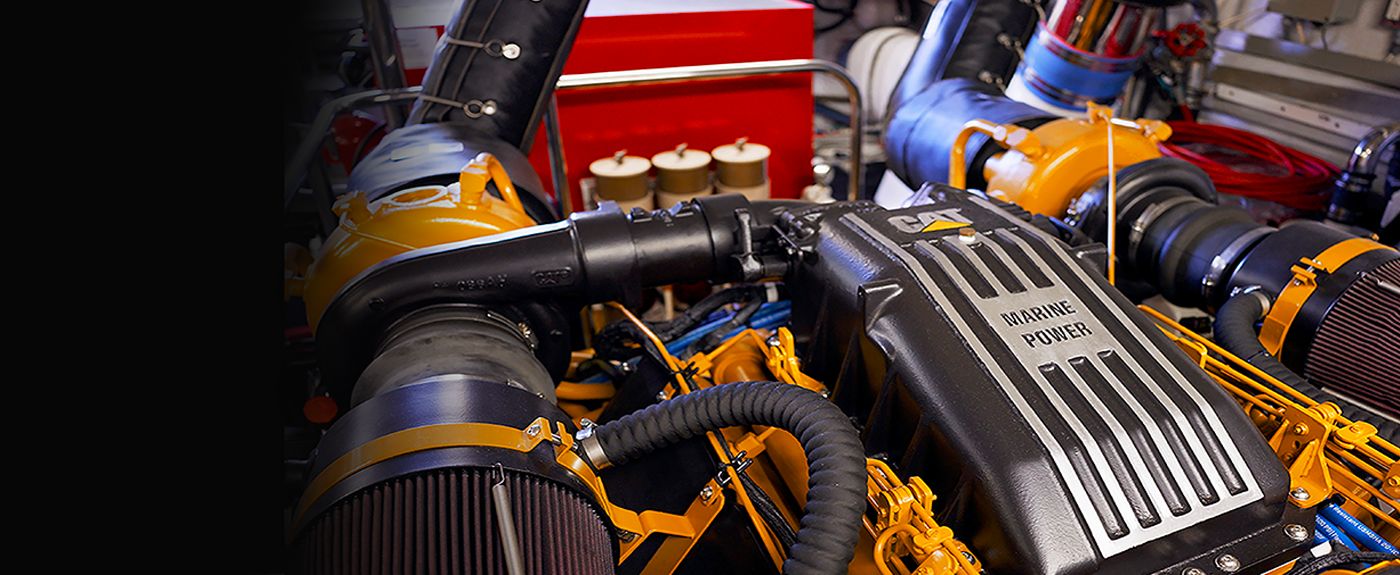The Pursuit for Ultimate Driving Power: Checking Out the Pinnacle of Engine Efficiency and Technological Breakthroughs in the Automotive Market
In the realm of automotive engineering, the search of maximum driving power has actually been a relentless mission that has unravelled via the development of engine design and the assimilation of advanced modern technologies. From the precise workmanship of combustion engines to the fast innovations in electric propulsion systems, the automobile field stands at the cusp of a new age characterized by unmatched efficiency capacities. As scientists and engineers delve deeper into the worlds of computational liquid characteristics and discover innovative fuel innovations, the perspective of opportunities increases significantly. Remain tuned as we untangle the intricate tapestry of technological innovations that are shaping the future of automobile power and efficiency.
Evolution of Engine Style

Additionally, the assimilation of turbocharging and supercharging innovations has actually transformed engine layout by increasing power without significantly boosting engine dimension. These forced induction systems compress the consumption air, enabling more fuel to be ignited, thus producing better power output from a smaller engine. This innovation has actually been particularly important in boosting the efficiency of smaller sized variation engines while maintaining fuel efficiency requirements.

Performance-Enhancing Gas Technologies
The execution of innovative gas technologies has actually dramatically added to boosting engine efficiency in modern-day vehicles. From conventional fuel and diesel to cutting-edge biofuels, synthetic gas, and hydrogen, the auto industry is experiencing a revolution in fuel choices. Biofuels, stemmed from renewable resources like corn, sugarcane, or algae, offer improved and minimized exhausts engine performance. Artificial fuels, created through chemical procedures, provide high octane ratings, boosting power output. Hydrogen gas cells, although still in the onset of fostering, reveal wonderful assurance due to their zero-emission nature and capacity for high efficiency. Additionally, fuel additives and cleaning agents are being created to tidy engine components, enhance combustion, and minimize friction, therefore improving overall lorry performance. With recurring r & d, the mission for the ultimate driving power proceeds, as engineers make every effort to open the full possibility of performance-enhancing fuel modern technologies in the vehicle market.
Improvements in Electric Propulsion
Significant strides in electric propulsion modern technology have changed the automobile market, leading the way for a new period of reliable and sustainable transportation. Electric vehicles (EVs) are obtaining appeal due to their ecological benefits and innovations in battery modern technology, allowing longer driving ranges and much shorter charging times. Suppliers are investing greatly in study and development to boost the efficiency of electric propulsion systems, concentrating on enhancing power output, improving energy efficiency, and decreasing total weight.
One remarkable innovation in electrical propulsion is the development of innovative electrical motors that supply higher torque and power thickness, leading to enhanced velocity and general driving efficiency. In addition, regenerative stopping systems have actually been improved to capture and store power during slowdown, additional increasing the effectiveness of EVs.
Additionally, the combination of smart modern technologies, such as expert system and anticipating analytics, is maximizing the management of electrical propulsion systems, ensuring optimal efficiency under numerous driving problems. These developments in electrical propulsion are reshaping the vehicle landscape, driving the sector in the direction of an extra lasting and energized future.
Impact of Computational Liquid Dynamics
With developments in electrical propulsion pushing the boundaries of automobile modern technology, the integration of Computational Liquid Dynamics is playing a crucial function in optimizing wind resistant efficiency and improving click this site overall performance in vehicle design. Computational Liquid Characteristics (CFD) entails making use of computer system simulations to evaluate the flow of air around a lorry, making it possible for engineers to forecast how design modifications will affect aerodynamics without the need for costly physical prototypes. By accurately modeling airflow patterns, CFD enables the improvement of vehicle shapes to minimize drag, enhance cooling, and enhance stability.
One trick advantage of utilizing CFD in lorry style is the ability to iterate quickly, discovering various layout variants to identify the most aerodynamically effective options. This repetitive process causes lorries that are not just sleeker and a lot more visually appealing however likewise more fuel-efficient and eco-friendly. CFD enables engineers to maximize air movement around components such as radiators, engine bays, and wheel wells, contributing to enhanced efficiency and More Help total driving experience. To conclude, the assimilation of Computational Fluid Characteristics stands for a considerable action ahead in the quest for ultimate driving power and effectiveness in the auto market.
Future Patterns in Engine Advancement
In the vibrant landscape of auto design, cutting-edge advancements are shaping the future trajectory of engine technology. The future of engine style is marked by a strong focus on performance, efficiency, and sustainability. Makers are significantly focusing on creating engines that not only deliver high power results however also focus on environmental obligation by minimizing exhausts and boosting fuel effectiveness.
One popular fad in engine innovation is the rise of electrification. Crossbreed and electrical powertrains are getting grip as viable alternatives to conventional combustion engines. These innovations offer the potential for substantial decreases in carbon exhausts and enhanced energy performance, aligning with worldwide initiatives to deal with climate change.
Moreover, developments in materials science and manufacturing strategies are allowing the production of lighter and extra long lasting engine elements. This change in the direction of light-weight materials such as carbon fiber and aluminum alloys adds to boosted performance and gas economy.
Conclusion
In final thought, the quest of his comment is here utmost driving power in the vehicle market remains to drive improvements in engine layout, fuel technologies, electrical propulsion, and computational liquid dynamics. The evolution of these technologies is forming the future of engine advancement, leading the method for extra powerful and reliable automobiles (engines for africa). As the sector remains to press the borders of what is possible, we can anticipate to see also a lot more innovative advancements in the pursuit for peak performance
One of the key turning points in engine style evolution is the change from conventional carbureted engines to contemporary fuel-injected systems. By specifically metering the fuel distribution to each cylinder, fuel-injected engines optimize burning, resulting in better efficiency and lowered ecological effect.
Furthermore, the combination of turbocharging and supercharging innovations has actually transformed engine design by improving power without dramatically raising engine dimension (engines for africa).The implementation of advanced fuel technologies has actually dramatically contributed to boosting engine performance in modern-day automobiles. Additionally, fuel ingredients and detergents are being created to clean engine parts, optimize burning, and decrease rubbing, thus boosting total lorry efficiency